FREE Shipping on Orders over $89 with Account – Create One Today!
- (844)-859-9400
- Get Help
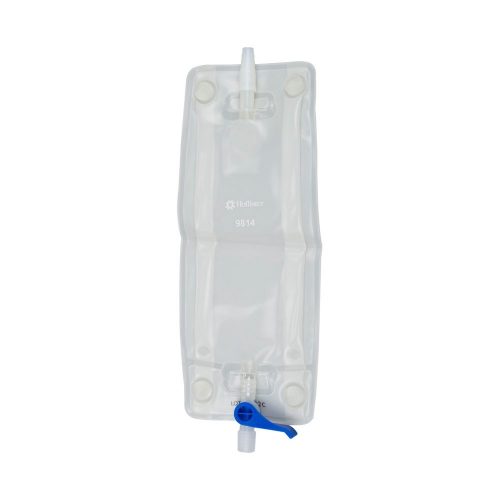
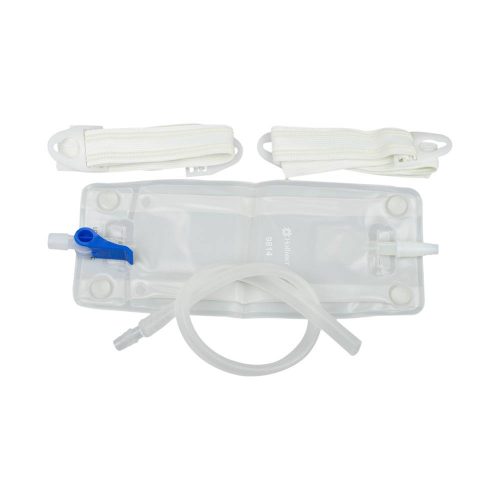
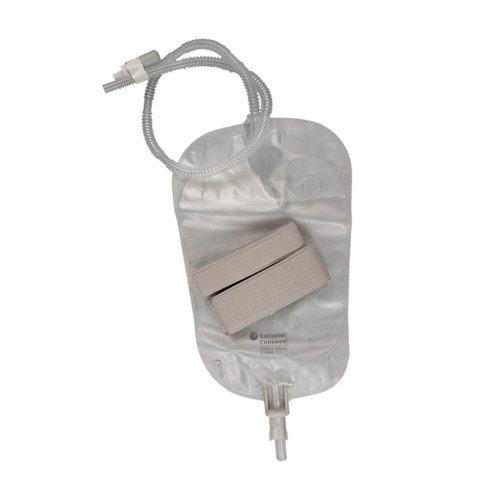
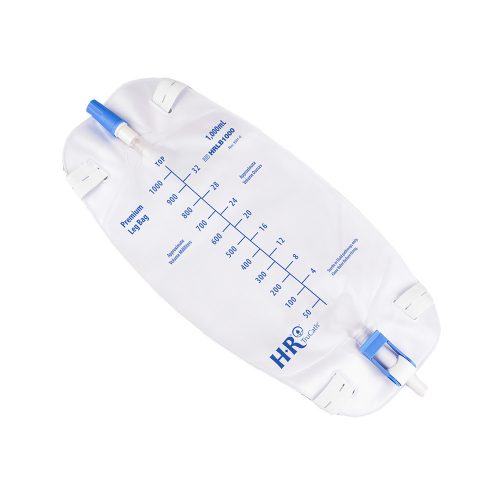
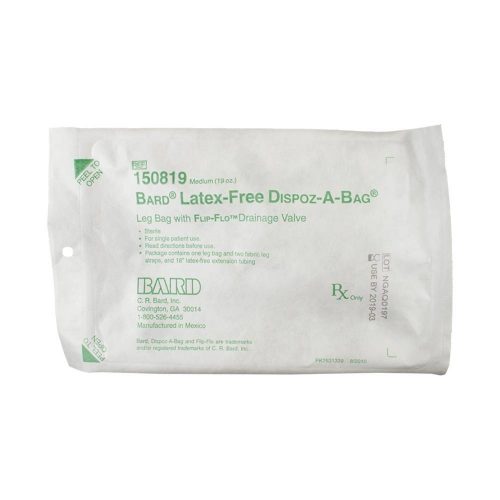
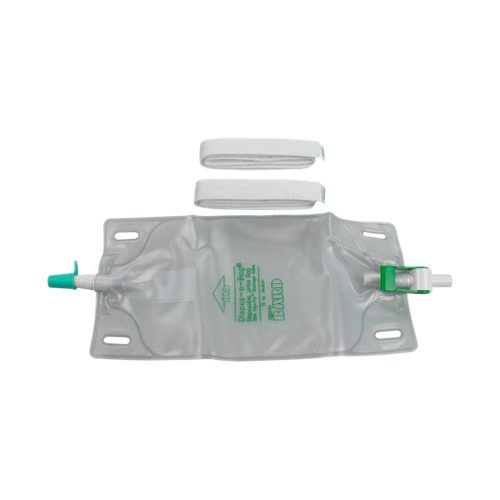
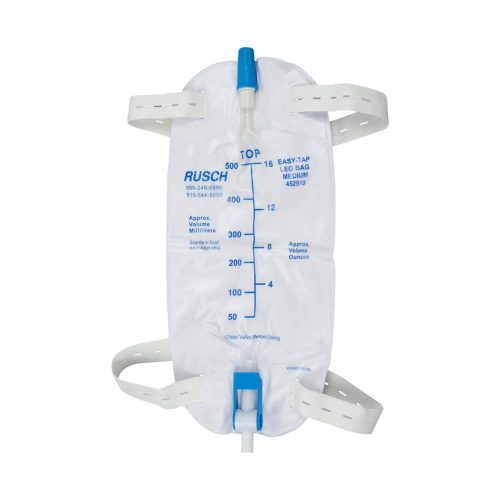
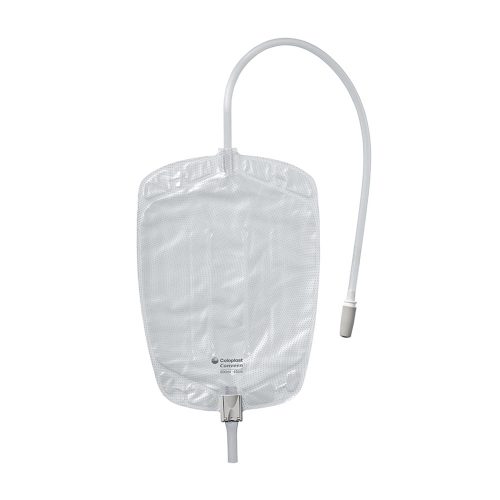
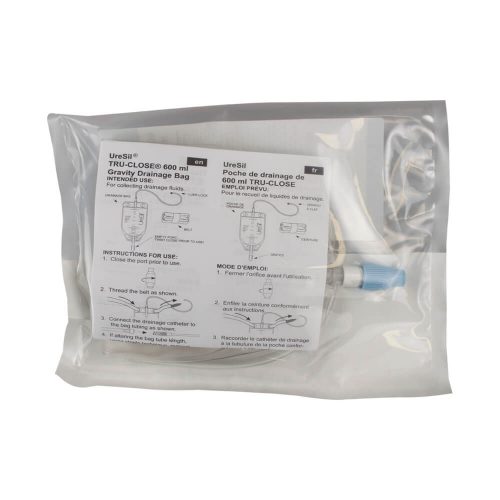
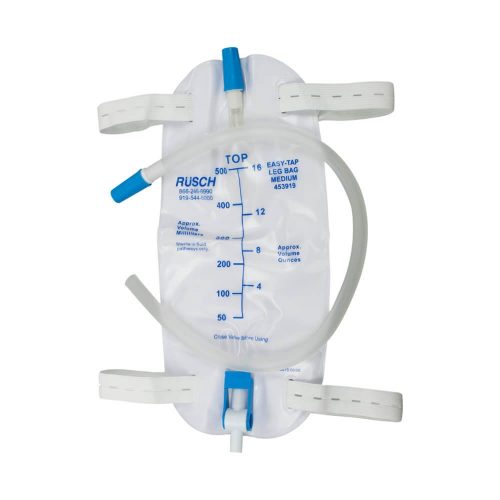
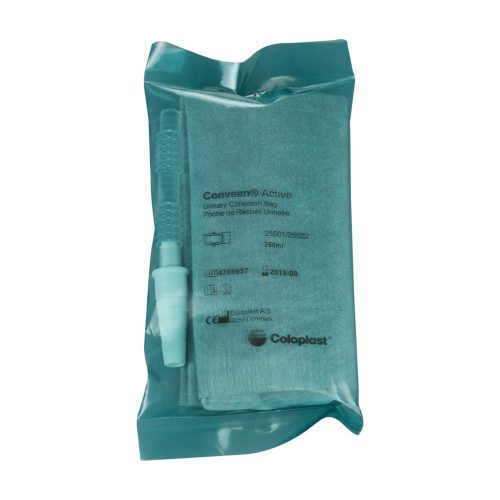
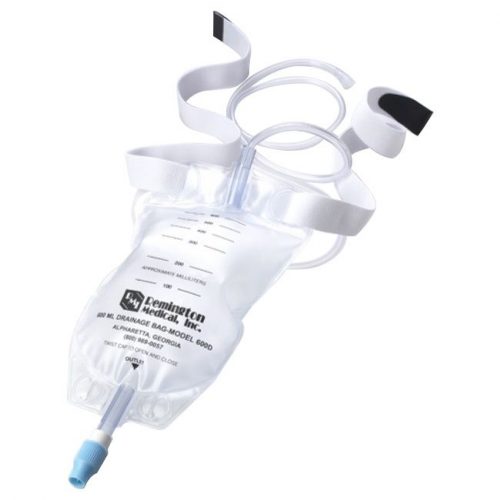
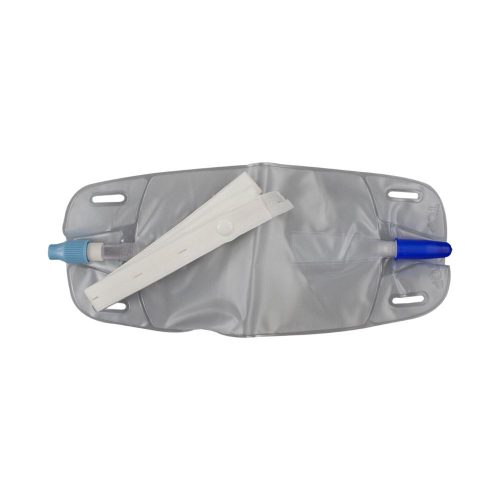
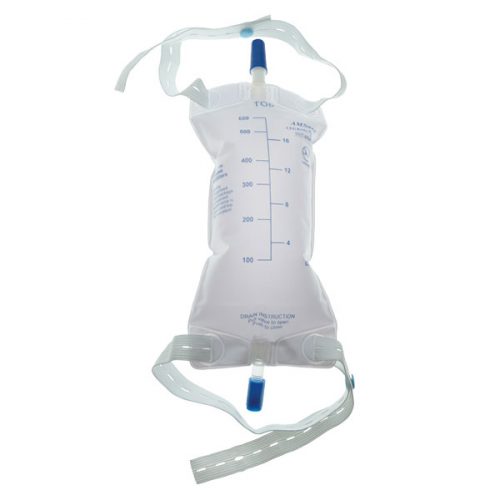
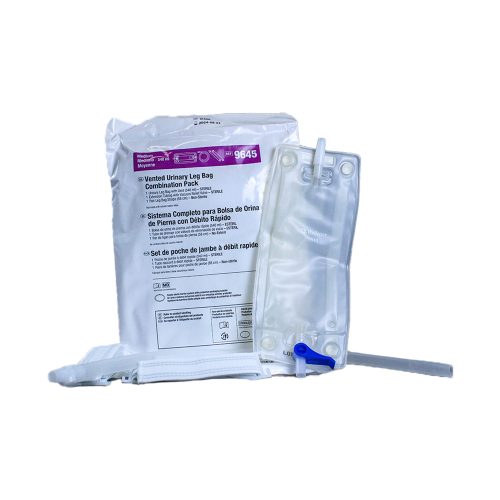
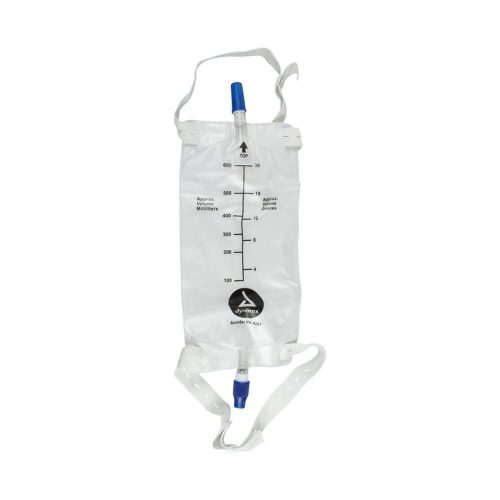
Leg bags — also called urine bags or catheter bags — secure to a Foley catheter or a nephrostomy system. Urine travels from the tube to the bag, which is typically strapped to the thigh, and gathers there until being emptied.
For patients living with incontinence or a urinary retention issue, recovering from urological or gynecological surgery, bedridden or needing to use a wheelchair, leg bags connect to an existing Foley or indwelling catheter system, or a male external catheter in certain instances. Made of vinyl, silicone, latex or PVC, the bag is secured to the catheter tube that passes through the urethra to the bladder, where a water-filled balloon holds it in place. A strap or other securement solution keeps the leg bag from shifting.
Patients living with a nephrostomy tube may also use a specific type of leg bag: In this case, the one or two tubes connected to the kidneys divert urine to a nephrostomy bag, also attached to the leg.
With a smaller size, leg bags provide a daytime solution for living with an indwelling catheter, allowing patients to move around with relative ease and appearing discreet under clothing. The system attaches to the larger, more rectangular-shaped bag at night.
In use, ensure this catheter bag sits higher than your bladder — otherwise, you’re at risk for backflow issues. Realize that the bag is designed to be worn under a pair of pants, a dress or a skirt, and you may need to try out different sizes to see which matches your output and comfort level. Size ranges from under 10 oz. or 500mL to up to 32 oz.
Whichever urine bag you select should feel comfortable and remain secure throughout the day.
Urinary leg bags include the following, based on features:
For choosing a leg bag, first take your doctor’s recommendations into account, and then consider your output and physical activity level. Smaller sizes are ideal if you’re routinely active or need something easy to conceal under your clothing. Larger catheter bags, however, provide more volume based on output.
